View all Standards for Georgia Performance Standards - Theatre Arts
TAHSFT.CR.2 Develop scripts through theatrical techniques.
a. Differentiate between dramatic and traditional literary writing and utilize common steps of the playwriting process.
b. Assess the need for script analysis, concept development, and directorial and technical concerns of a theatrical script.
c. Construct and critique elements of dramatic structure, character, and dialogue.
d. Create and perform scenes for audiences.
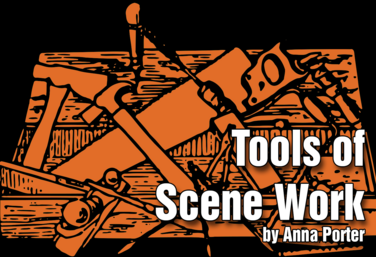
Tools of Scene Work
by Anna Porter
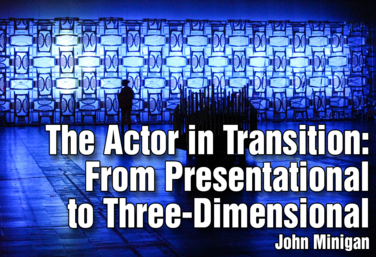
The Actor in Transition: From Presentational to Three-Dimensional
by John Minigan
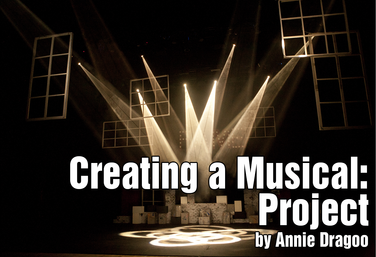
Creating a Musical: Project
by Annie Dragoo
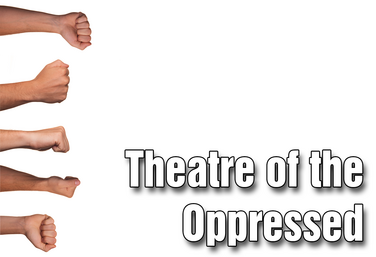
Part of the Middle School Curriculum
Unit Eight: Theatre of the Oppressed
by Lindsay Johnson
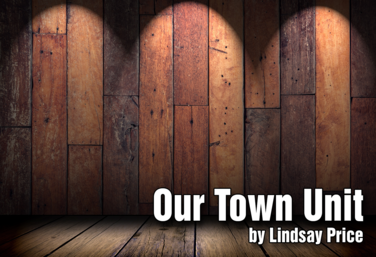
Our Town Unit
by Lindsay Price
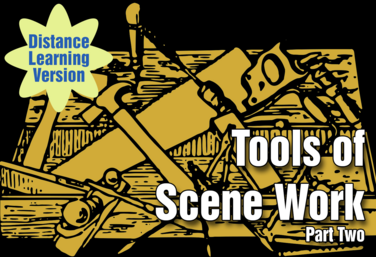
Part of the Distance Learning Curriculum
Scene Work: Part 2, Student Self Staging
by Lindsay Price
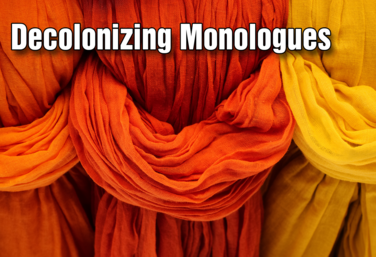
Decolonizing Monologues
by Nicholas Pappas
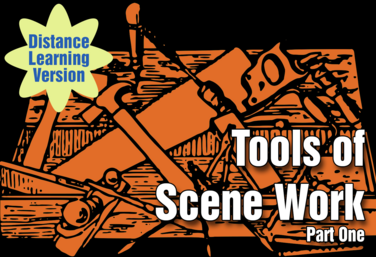
Part of the Distance Learning Curriculum
Scene Work: Part 1, Tools of Scene Work
by Lindsay Price
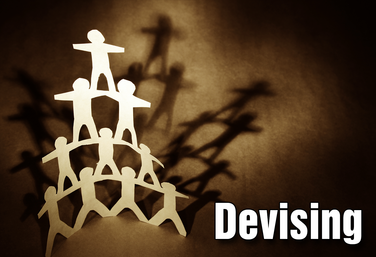
Part of the Drama Two Curriculum
Devising
by Corinna Rezzelle
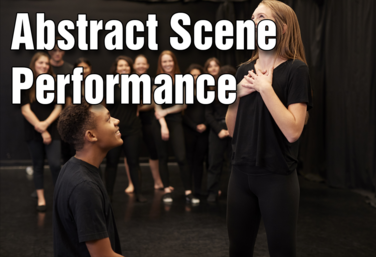
Abstract Scene Performance
by Annie Dragoo
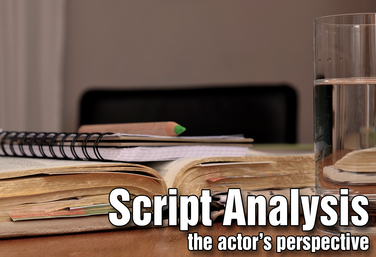
Part of the Drama One Curriculum
Script Analysis: The Actor's Perspective
by Karen Loftus
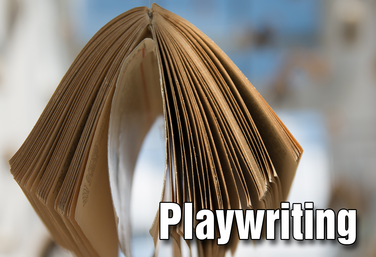
Part of the Drama One Curriculum
Playwriting
by Karen Loftus
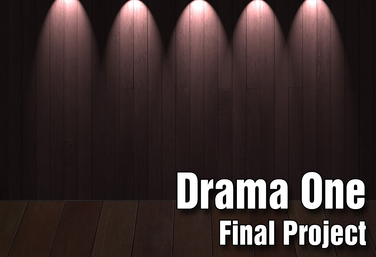
Part of the Drama One Curriculum
Drama One Final Project
by Karen Loftus
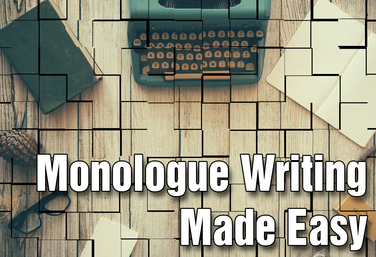
Monologue Writing Made Easy
by Matthew Banaszynski

Puppetry
by Jenny Goodfellow
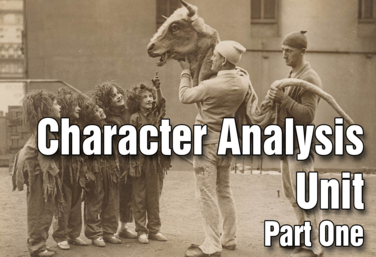
Part of the Drama Two Curriculum
Character Analysis - Part 1
by Matt Webster
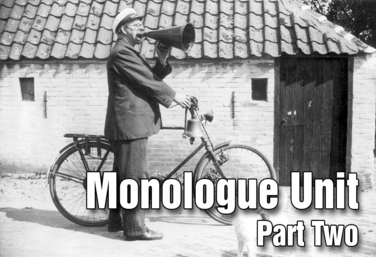
Part of the Drama Two Curriculum
Monologues - Part 2
by Matt Webster

The Dilemma Project
by Claire Broome
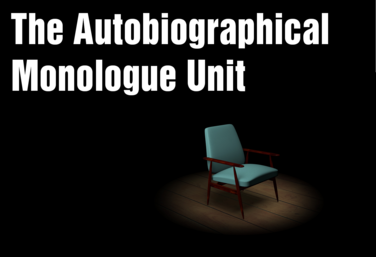
The Autobiographical Monologue
by Gai Jones
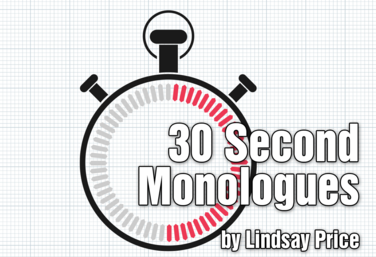
30 Second Monologues
by Lindsay Price
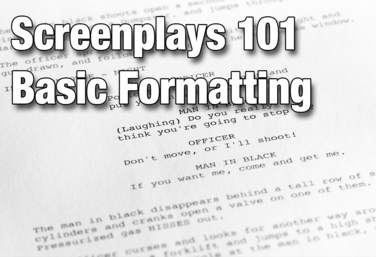
Screenplays 101: Basic Formatting Unit
by Nicholas Pappas
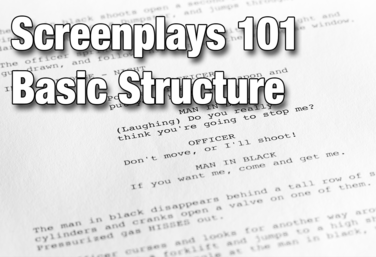
Screenplays 101: Basic Structure Unit
by Nicholas Pappas
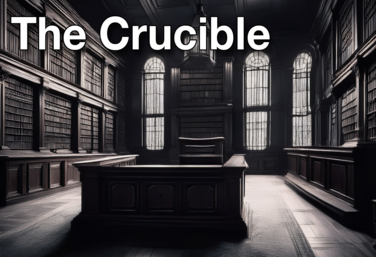
The Crucible Unit
by Lindsay Price
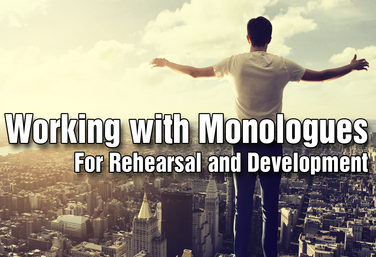
Working With Monologues For Rehearsal And Development
by Gai Jones
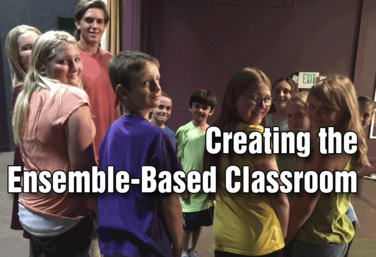
Creating the Ensemble-Based Classroom
by Gai Jones
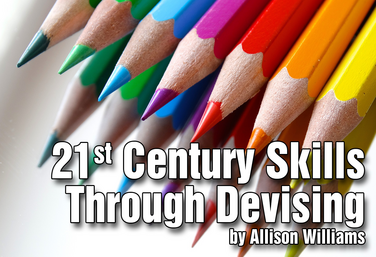
21st Century Skills Through Devising
by Allison Williams
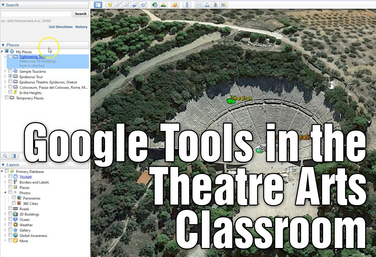
Google Tools in the Theatre Arts Classroom
by Anna Porter
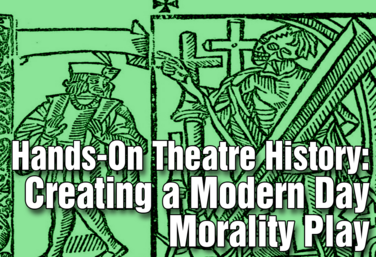
Hands-On Theatre History: Creating a Modern Day Morality Play
by Wendy-Marie Martin

The Dilemma Project
by Claire Broome
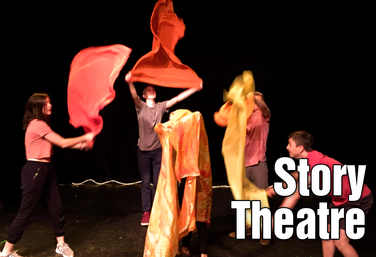
Story Theatre
by Matt Webster
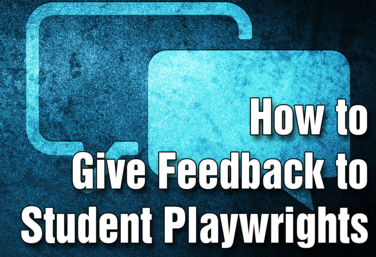
How to Give Feedback to Student Playwrights
by Nicholas Pappas
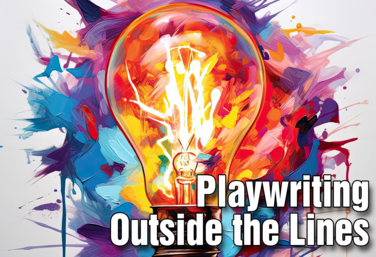
Playwriting Outside the Lines
by Steven Stack
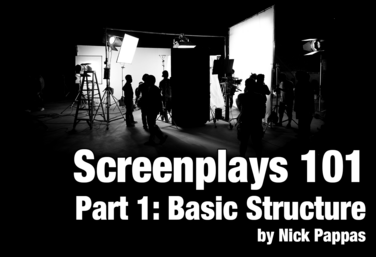
Screenplays 101 - Part 1: Basic Structure
by Nicholas Pappas
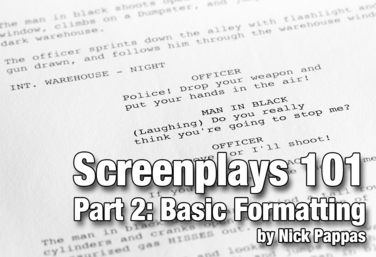
Screenplays 101 - Part 2: Basic Formatting
by Nicholas Pappas
View all Standards for Georgia Performance Standards - Theatre Arts Standards Master List